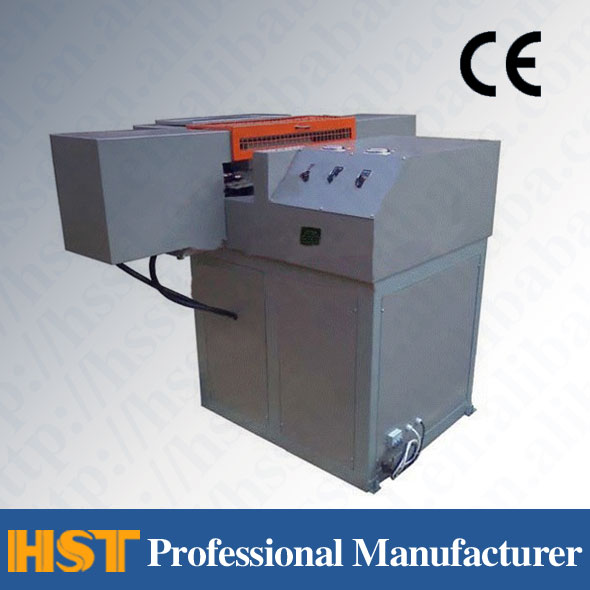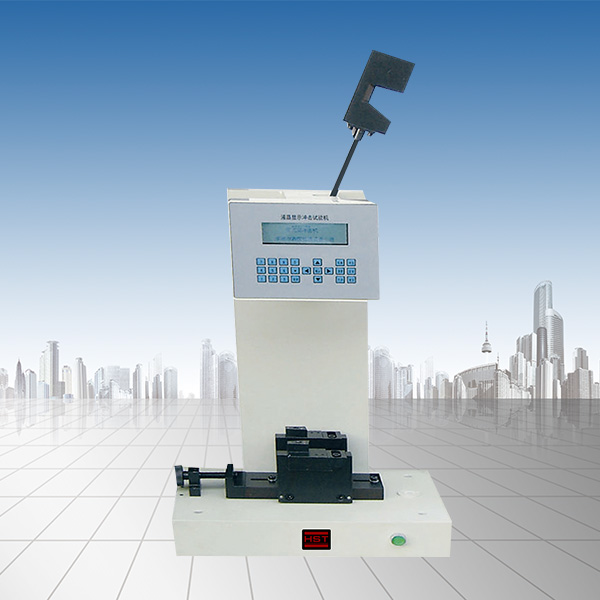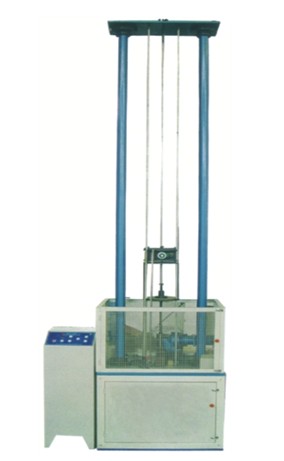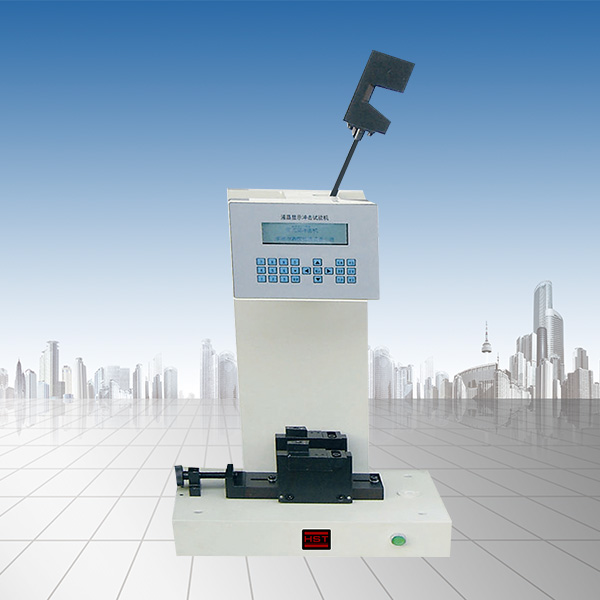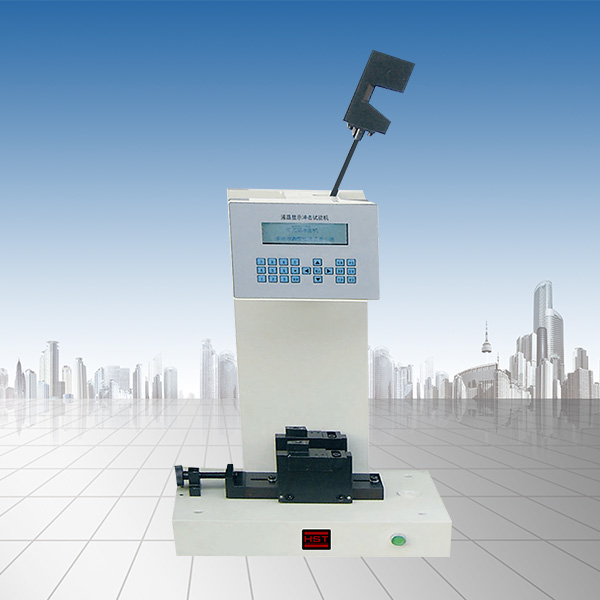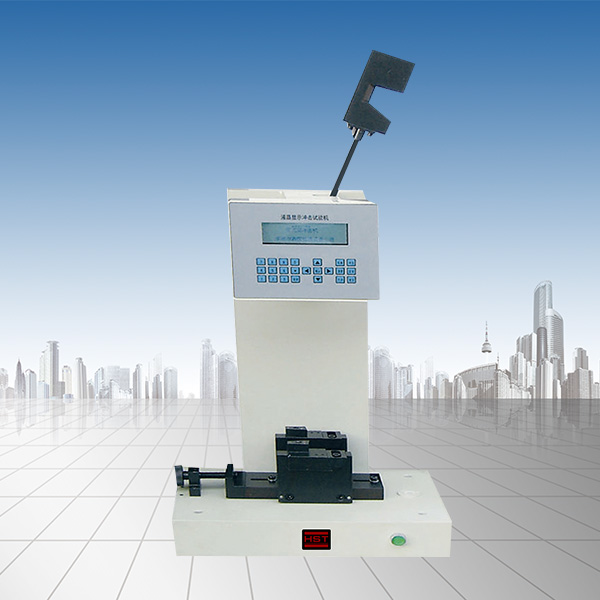Company News
Determinants of performance and accuracy of tensile tester
Release time:2018-11-23 source:Jinan Hengsi Shanda Instrument Co., Ltd. Browse:
DecideTension testerThere are many factors in performance and accuracy. Here are some details. I hope you will pay more attention when purchasing a tensile tester.
1. The first is the transmission system of the tensile machine. Currently, some of the tensile machine transmission systems on the market use reducers, while others use ordinary belts. The main disadvantages of these two transmission methods: the first type requires regular lubricating oil, while the latter type cannot ensure that the synchronization of the transmission affects the test results. The company's tensile machine transmission system uses a full arc synchronous belt to reduce the speed, ensuring the synchronization accuracy of the transmission, high transmission accuracy, high efficiency, stable transmission, low dry sound, and long service life without maintenance.
2. The second is the force value sensor of the tensile machine. Because the quality of the sensor determines the accuracy and force stability of the test machine. Currently, the small force value of the tensile machine on the market is generally an S-type sensor, and the large force value is generally a wheel-type sensor. The inside of the sensor is generally a resistive strain gauge. If the accuracy of the strain gauge is not high or the anti-aging ability of the glue used to fix the strain gauge is not good or the material of the sensor is not good, it will affect the accuracy and service life of the sensor. The imported sensor used is the world-renowned sensor manufacturer, the United States Quanli Sensor. The sensor has high accuracy, good linearity, and very stable performance, and will not change for decades.
3. Again, the ball screw is the ball screw that drives the sensor movement, because if there is a gap in the screw, the test data will be directly affected by the deformation and elongation after break. Some screws on the market currently use ordinary T-shaped screws. In this way, the gap is relatively large, and the friction is relatively large and the service life is short. The screws used are German Youli Nieff's high-precision, gapless ball screws, with a surface quenching hardness of HRC58-62, and a service life of up to several decades. And ensure the accuracy remains unchanged.
4. Another thing is the measurement and control system of the tension machine (that is, software and hardware). Currently, most tension machine measurement and control systems on the market use 8-bit microcontroller control, with low sampling rate and poor anti-interference ability. In addition, if the number of bits of the AD converter of the AD converter is low, the resolution is low. Then the measurement will not be accurate. The company's measurement and control system uses the world's advanced 32-bit ARM technology to develop controller Hytest V6.0. This controller is based on the 32-bit ARM platform and runs the time-based multi-tasking operating system developed by our company. The program runs smoother and the system is more stable. The sampling rate can reach 200 times per second. With the addition of a 24-bit high-precision low-sonic high-speed AD converter, the entire measurement and control system has a higher accuracy and high stability to control the entire test process. The software of the computer is the company's fully digital three-district control software developed over 5 years. There are two control methods: 1. PID control and adjustment method 2. Mohu control and adjustment method (the first in the industry). This allows the entire test process to achieve constant force value control, constant displacement control, constant deformation control, low-frequency fatigue control, and arbitrary program control.
5. It is the power source (motor) of the tension machine, also known as the motor. Currently, some tension machines on the market use ordinary three-phase motors or variable frequency motors. This motor uses analog signal control, slow control reaction and inaccurate positioning. Generally, the speed regulation range is narrow and there is no low speed or there is no high speed when there is low speed. The speed control is inaccurate. The motor used by the company's tension machine is Japan Panasonic full digital AC servo motor. The control method adopts full digital pulse control, with a wide speed regulation range, up to 0.001-1000MM/MIN, accurate control positioning, fast reaction, and full speed can be added to 0.01 seconds. This motor can ensure accurate full-scale speed control, and a long service life, up to decades without maintenance.
- Previous article:Adjustment method of universal testing machine
- Next article:Maintenance method of pendulum impact testing machine
Recommended productsPRODUCTS


















